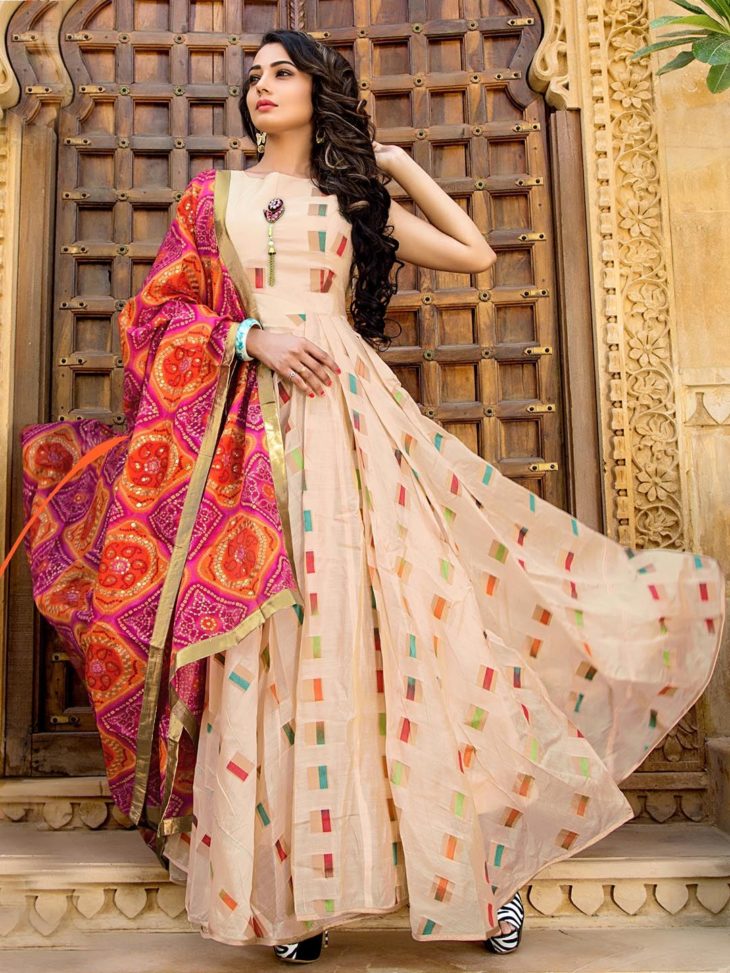
India, a land of diversity and cultural richness, is not only celebrated for its traditions and heritage but is also gaining widespread recognition for its unique and vibrant fashion scene. Indian fashion is a captivating blend of traditional clothing and modern trends, weaving a narrative that resonates with both locals and a global audience. In this article, we will explore the enchanting world of Indian fashion.
Rich Tapestry of Tradition
Indian fashion draws heavily from the country’s rich and diverse cultural heritage. Traditional attire, such as sarees, lehengas, and sherwanis, have remained timeless staples of Indian fashion. These garments reflect the intricacy of Indian craftsmanship, featuring stunning embroidery, vibrant colors, and exquisite fabrics. Each region in India offers its own unique take on traditional attire, allowing for a plethora of options.
Reimagining Tradition
One of the most intriguing aspects of Indian fashion is the seamless blend of tradition with modern sensibilities. Fashion designers are continually reinventing classic silhouettes and textiles to create contemporary looks that are relevant on both the local and global stage. This fusion of the old and new results in a fashion landscape that is constantly evolving.
The Influence of Bollywood
Bollywood, India’s prolific film industry, has a significant impact on the fashion choices of the Indian populace. The elaborate costumes and glamorous styles worn by actors and actresses in Bollywood films often set trends in the country. This influence extends far beyond India, as Bollywood stars have garnered international recognition and are considered fashion icons.
Global Recognition
Indian fashion has transcended borders, earning acclaim on the global stage. Designers like Manish Malhotra, Sabyasachi Mukherjee, and Ritu Kumar have established themselves as household names not only in India but also in the international fashion scene. Indian fashion weeks have become highly anticipated events, attracting attention from fashion enthusiasts and industry professionals worldwide.
Textiles and Embroidery
India is renowned for its textiles and embroidery techniques. Fabrics like silk, cotton, and khadi are not only celebrated for their quality but also for their intricate embellishments. Zardozi, Bandhani, Chikankari, and Phulkari are some of the traditional embroidery styles that add unique character to Indian clothing. These techniques are not just admired in India but also sought after by fashion designers globally.
Gender-Neutral Fashion
Contemporary Indian fashion is also embracing gender-neutral designs. Many Indian designers are challenging traditional gender norms by creating clothing that is inclusive and diverse. This shift is reflective of a broader global trend towards more inclusive and fluid definitions of fashion.
Sustainable Fashion
With growing awareness of environmental concerns, sustainability has become a significant focus in the Indian fashion industry. Designers and consumers alike are increasingly considering the ecological impact of their choices, leading to the emergence of sustainable fashion brands that prioritize ethical and eco-friendly practices.
Accessories and Jewelry
Indian fashion is incomplete without its ornate jewelry and accessories. Gold, silver, and precious stones are crafted into intricate jewelry pieces that complement traditional attire. From Kundan to Polki, Indian jewelry is a testament to the country’s affinity for adornment.
In conclusion, Indian fashion is a tapestry of colors, textures, and traditions. It not only reflects the rich cultural heritage of India but also showcases the country’s ability to adapt and evolve with the times. From its timeless traditional attire to its contemporary and sustainable trends, Indian fashion continues to captivate and inspire the world. As India’s influence on the global fashion scene continues to grow, its unique voice in the industry is set to become even more pronounced.